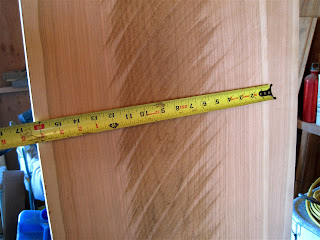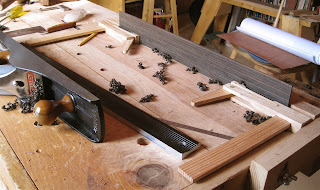Posts
Showing posts from November, 2015
Building an Antonio Torres SE 117 Guitar: Full Size Drawings to Start
- Get link
- X
- Other Apps
What I've Learned About Woodworking - Hand Tools and Machines
- Get link
- X
- Other Apps
Classical Guitar Necks: Black Cherry and Spanish Cedar
- Get link
- X
- Other Apps






